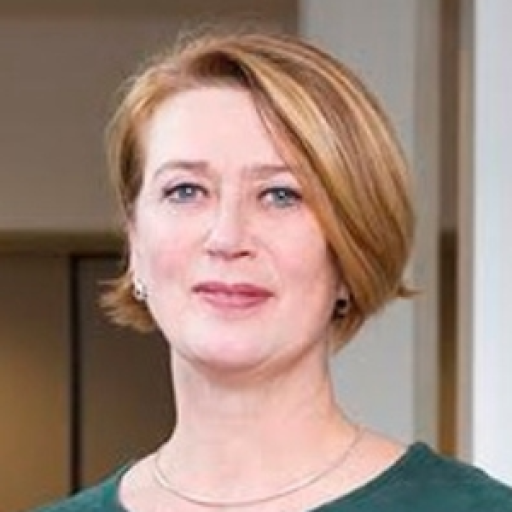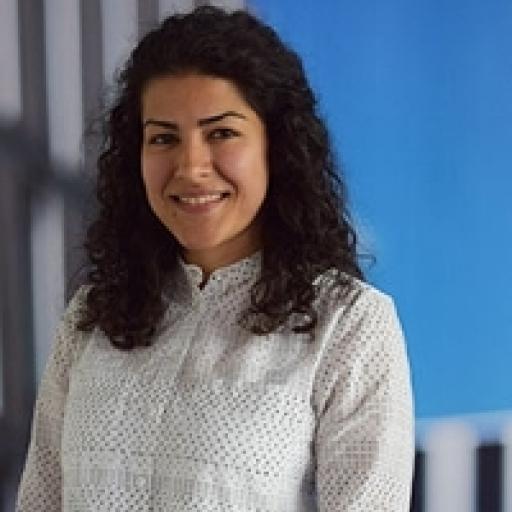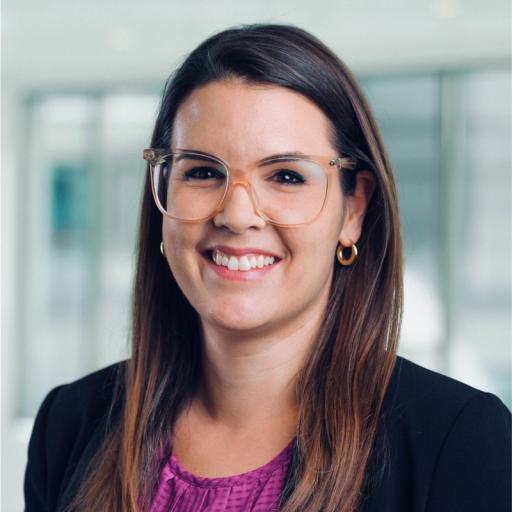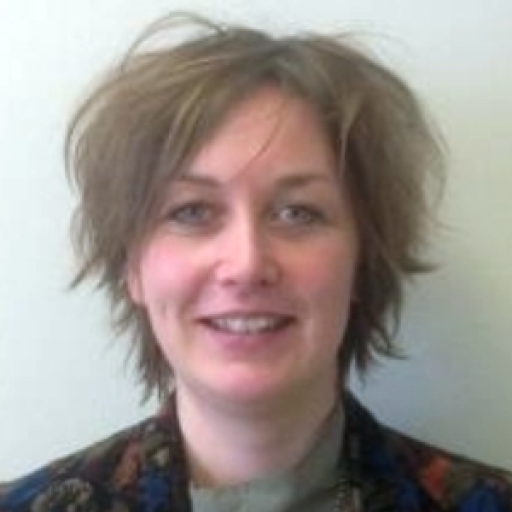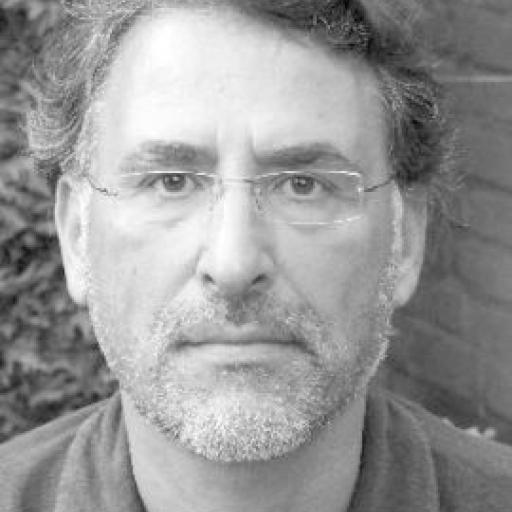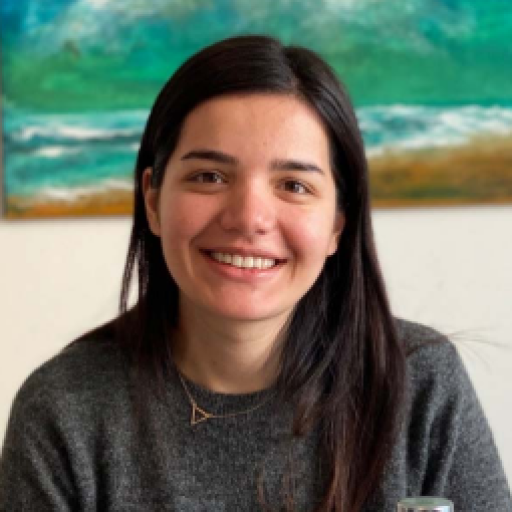Can we create an inclusive school setting with and for adolescents with autism during their unstructured leisure time at school? Is it possible to increasing the quality and quantity of social participation with their peers by changing the pysical environment? School leisure time is where ‘it happens’ for most adolescents: at the schoolyard, in the cafeteria, in the hallway. During their breaks in school, teenagers meet, have friendships, fall in love. This break time is most important to learn the skills that also prepare them for later life. Thus, adolescents need to make the necessary (social) strides to become emotionally and socially competent. Most adolescents with autism miss this important learning opportunity, because they have difficulties joining their peers during their leisure time at school.
This research project is connected to the researchline 'for Citizens and Civil Servants'. In this research data and digital technologies are used to support vulnerable groups. Starting from the SHARED values of BOLD Cities, this project is particularly interesting because it uses technologies in the design and development of sollutions to support vulnerable adolescents. When this projects is proven succesful, the means of data collection and the adaption of the physical environment could be transferd to other places to create a more inclusive city.
In this project, the team focuses on creating and implementing an inclusive environment, by analysing and adapting the physical (built), social, and cultural environment at schools outside the classroom. New means of unobtrusive data collection (e.g., sensory data from Radio Frequency Identification Devices) will be utilised to measure social participation of secondary school students with autism in a pre- and post-test measures design, establishing the effectiveness of a newly developed intervention. High school students with autism and alumni will be involved in the development and implementation of this project from start to finish.
This is done in parallel to a policy analysis targeting policy implementation bottlenecks in the context of two key developments in recent years linked to Dutch education and youth policy: (1) achieving an integrated model for special needs education by placing special-needs students in mainstream schools in combination with an individual support structure, and (2) decentralizing responsibilities in the context of youth policy towards municipal levels. The goal is to gain insights into the perceptions and day-to-day implementation of the integrated school model.
This project involves a multidisciplinary collaboration (psychology, computer science, architecture) combining scientists (Leiden, Delft and Groningen University), professional organisations for autism (INTER-PSY & Rivierduinen), and patient associations (NVA).

